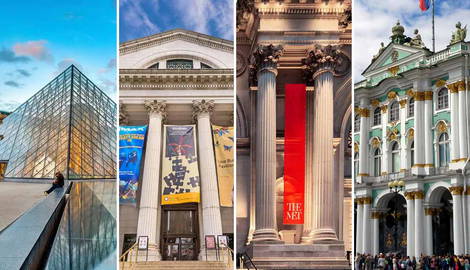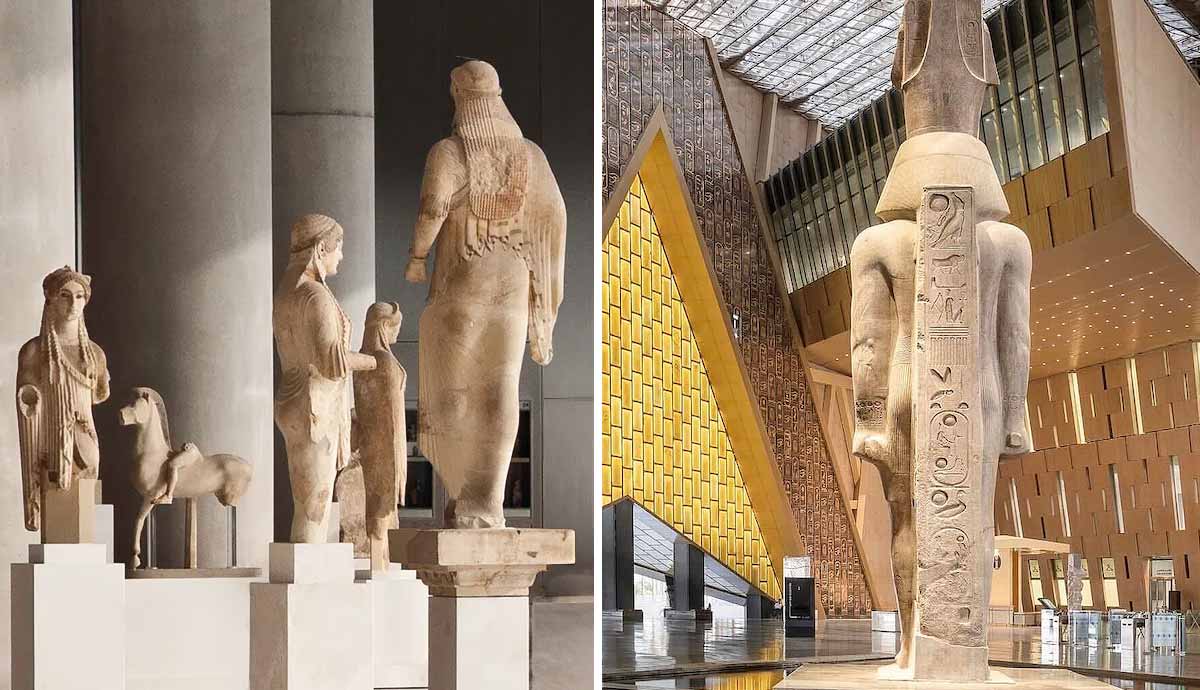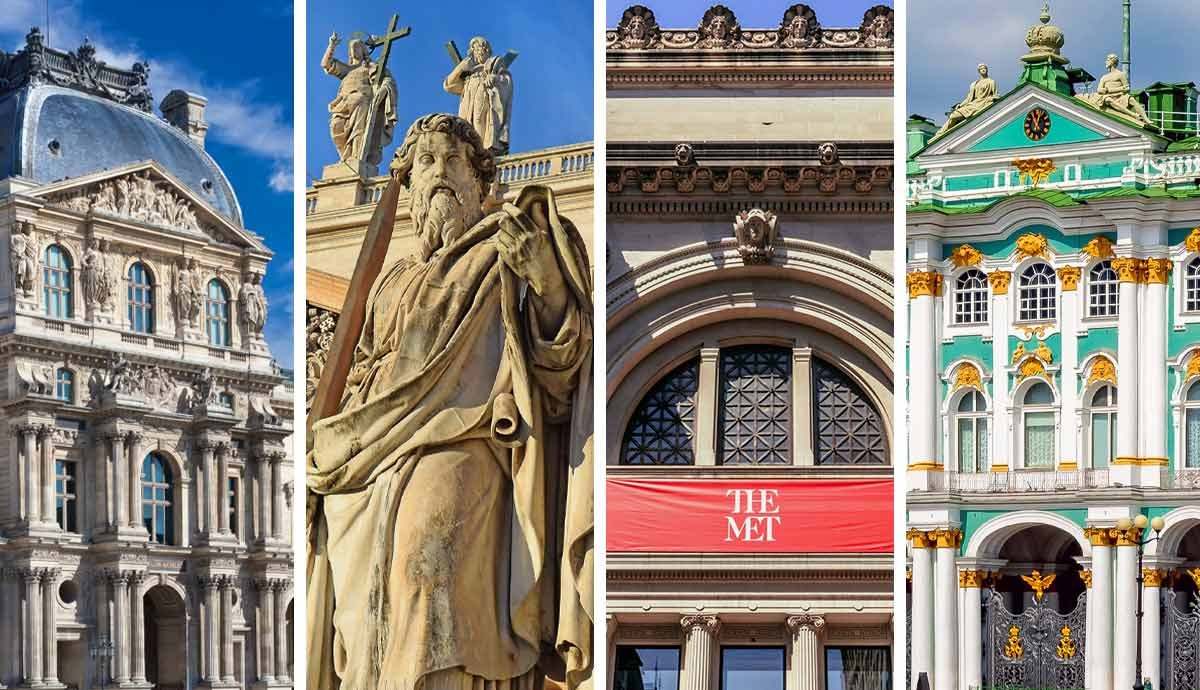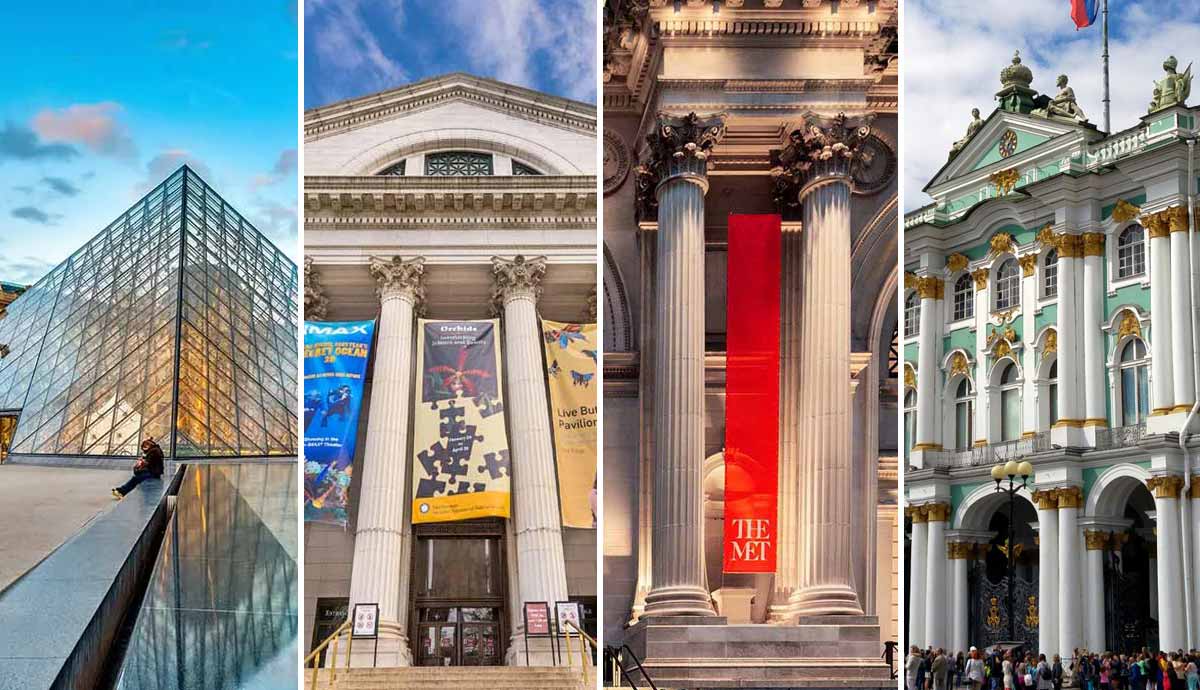
Museums play a vital role in preserving history and educating the public about people, places, animals, art, and artifacts from all around the world. While there are museums in just about every major city across the globe, some are vast institutions that one could spend days wandering through, poring over the depth and diversity of their collections. In this article, we have gathered the world’s largest museums, whether by size, collection, or research center, and examine what each of these incredible institutions has to offer for the millions of visitors who trek there every year. You can also explore our lists of the world’s must-visit History and Art museums.
1. The Louvre Is the Largest Museum in the World

Of all the museums in the world, the Louvre in Paris is the largest by gallery space, covering more than 650,000 square feet in total. The museum was once a medieval fortress, and the home for French kings before becoming the vast Parisian Museum in 1793 that we know and love today.
The Louvre is home to some of the most important art and artifacts in the history of human civilization, including Leonardo da Vinci’s Mona Lisa (1519), The Winged Victory of Samothrace, Théodore Géricault’s Raft of the Medusa (1818-19), and Eugene Delacroix’s iconic masterpiece Liberty Leading the People, (1830), to name just a few. Because of its incredible scale, one could spend literally days wandering through the Louvre, which is why so many people come back again and again to take in more.
| Size: | Collection size | Annual visitation: |
| 782,910 square feet of gallery space | 600,000+ works | ~9 million |
2. The Smithsonian Institution Is the Largest Museum Complex

The Smithsonian Institution is the largest complex of museums in the world, with 19 different galleries and museums spread across the United States, including the Smithsonian American Art Museum, the National Museum of Natural History, the National Museum of African Art, and the National Air and Space Museum.
The Smithsonian also runs a large zoological park, containing a long A to Z of animals from the tiniest insects to the largest mammals. And, alongside these sites, there are eight different research stations where diverse fields are explored, including marine biology, astrophysics, environmental research, and American art.
| Size: | Collection size | Annual visitation: |
| 154 million square feet across all facilities | 154 million+ objects | ~22 million |
3. Russia’s State Hermitage Museum Has the Largest Collection of Paintings

While other museums have achieved record-breaking scale and floor space, the State Hermitage Museum in Russia currently houses the largest collection of any single museum in the entire world. They own more than 3 million artifacts that date all the way from the Stone Age to the early 20th century.
Once the home of Russian Tsars, this impressive stretch of six buildings running along the river Neva was converted into a court museum in 1764 by Catherine the Great to house her impressive collection of paintings. One of the museum’s star attractions is its Gold Rooms, showcasing priceless gold masterpieces from Eurasia, the Orient, and the Black Sea Littoral. They also own masterpieces by Western artists, including Rubens, Titian, Goya, Picasso, and Van Gogh.
| Size: | Collection size | Annual visitation: |
| 2.7 million square feet across six buildings | 3 million+ objects (including tens of thousands of paintings) | ~4.5 million |
4. The National Museum of China Is the Largest Single-Building Museum
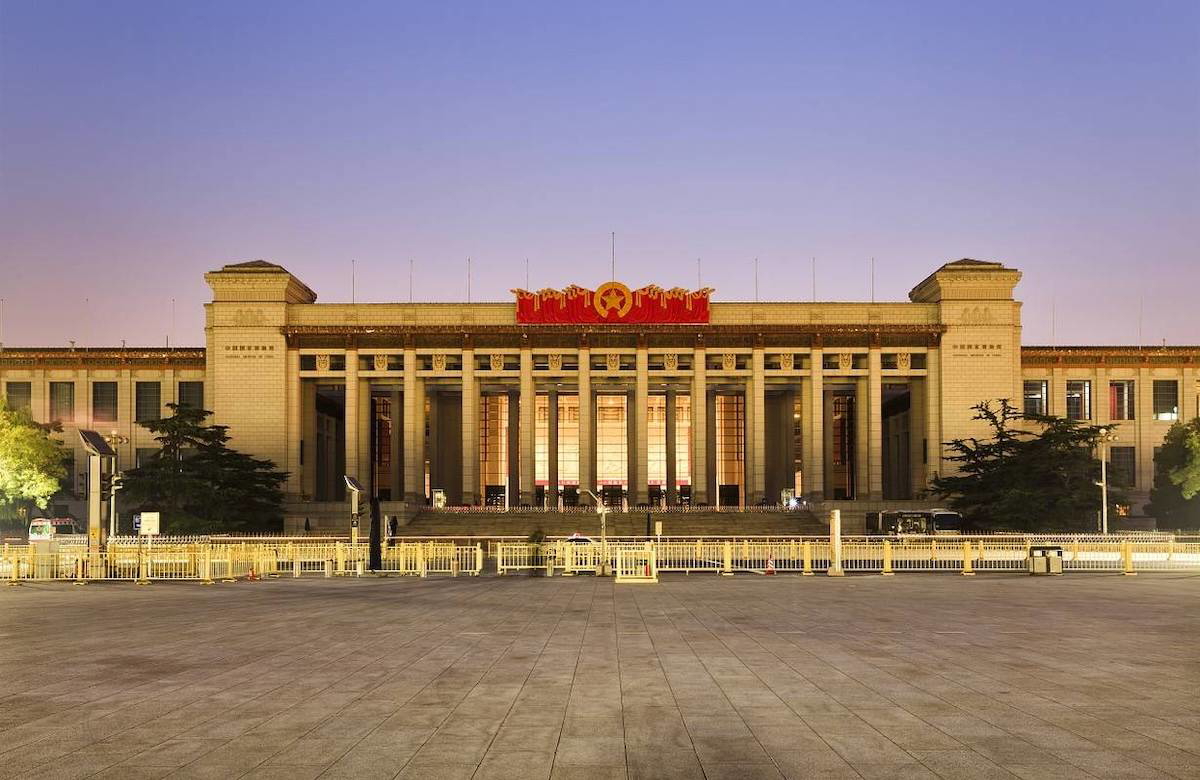
The National Museum of China, located on the eastern side of Tiananmen Square in Beijing, holds the record as the largest single museum building in the world. Formed in 2003 through the merger of the Museum of Chinese History and the Museum of the Chinese Revolution, it now stands as one of the most important cultural institutions in Asia.
Inside its 48 exhibition halls, visitors can explore more than 5,000 years of Chinese civilization, from Neolithic jade carvings to Qing dynasty relics. With its sheer scale and unrivaled collection of Chinese cultural treasures, the museum continues to draw millions of visitors each year.
| Size: | Collection size | Annual visitation: |
| 2.1 million square feet of total construction area | 1.4 million+ objects | ~7.4 million |
5. The Grand Egyptian Museum Is the Largest Museum for a Single Civilization
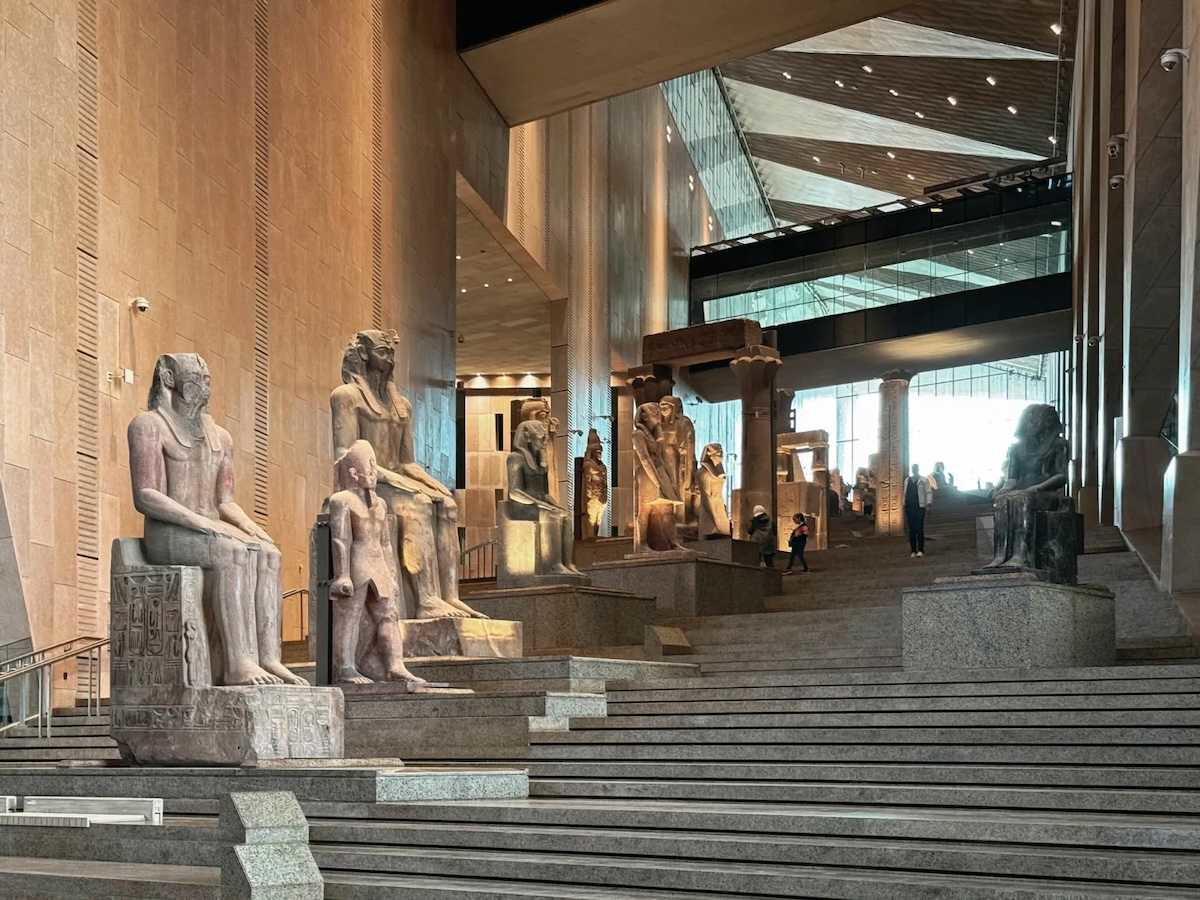
The Grand Egyptian Museum (GEM) in Giza is the largest museum in the world devoted to a single civilization. Situated just two kilometers from the Giza Pyramid Complex, the GEM represents a monumental investment in preserving Egypt’s heritage. Construction began in 2005 and was completed in 2023 at a cost of $1 billion, with its official opening set for November 2025.
Once fully open, the museum will display the complete collection of Tutankhamun’s treasures for the first time, alongside colossal statues and artifacts spanning Egypt’s 5,000-year history. The GEM is designed not only as an exhibition space but also as a major research and conservation center, redefining how the world engages with ancient Egyptian culture.
| Size: | Collection size | Grand opening date: |
| 410,000 square feet of gallery space | 100,000+ objects | November 1, 2025 |
6. The Metropolitan Museum of Art Is the Largest Museum in the Americas

The Metropolitan Museum of Art is the largest museum in the Americas. While its gallery space is smaller than the Louvre, the Met’s total floor area stretches to an extraordinary 2 million square feet, making it the most expansive museum in the Western Hemisphere.
Opened in 1870, the Metropolitan Museum’s aim was “to bring art and art education to the American people.” Since this time, it has more than fulfilled its role, housing an impressive array of around 50,000 different objects spanning more than 5,000 years of human history. These range from the columns of ancient Greek temples to indigenous African wood carvings, along with Canova’s Perseus with the Head of Medusa, 1804-6, and John Singer Sargent’s infamous Madame X, 1883-84.
| Size: | Collection size | Annual visitation: |
| 633,000 of gallery space | 1.5 million+ works | ~5.5 million |
Recap & Quick Facts
| Museum | Location | Size (gallery / area) | Collection size | Annual visitation / Opening |
|---|---|---|---|---|
| The Louvre | Paris, France | 782,910 sq ft of gallery space | 600,000+ works | ~9 million |
| Smithsonian Institution | United States (19 museums + National Zoo) | 154 million sq ft across all facilities | 154 million+ objects | ~22 million |
| State Hermitage Museum | St. Petersburg, Russia | 2.7 million sq ft across six buildings | 3 million+ objects | ~4.5 million |
| National Museum of China | Beijing, China | 2.1 million sq ft total construction area | 1.4 million+ objects | ~7.4 million |
| Grand Egyptian Museum (GEM) | Giza, Egypt | 410,000 sq ft of gallery space | 100,000+ objects | Grand opening: Nov 1, 2025 |
| The Metropolitan Museum of Art | New York City, USA | 633,000 sq ft of gallery space (≈ 2 million sq ft total floor area) | 1.5 million+ works | ~5.5 million |
